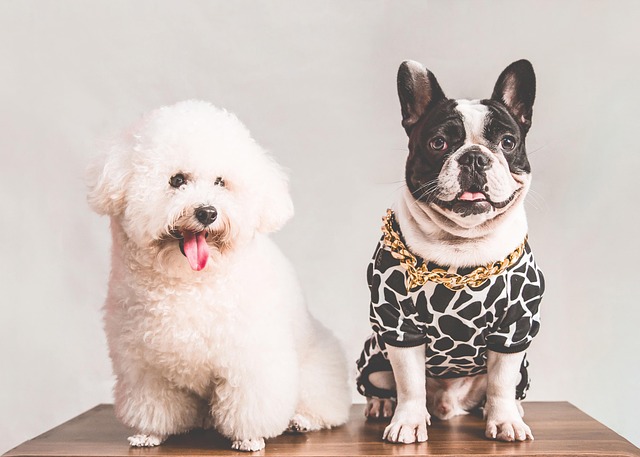
How do i train my dog to be obedient?
Watching your dog dart across the park ignoring your calls isn’t just frustrating—it can put them at risk near busy streets or public spaces.
Watching your dog tense up or bark at every other pup during walks can feel frustrating, but socialization doesn’t have to be a struggle—it just needs patience and the right approach. Start small, like visiting quiet, fenced dog parks where interactions are low-key, or arranging playdates with calm, vaccinated dogs you know. Always keep your dog on a short leash at first, not to restrict them, but to give them a sense of security; you can loosen it gradually as they grow more comfortable. Remember to check local rules too—many areas require dogs to be leashed in public spaces unless in designated off-leash zones, and up-to-date vaccinations are non-negotiable to keep everyone safe.
Pay close attention to your dog’s body language—if their ears are flattened, tail tucked, or they’re backing away, that’s a sign they’re overwhelmed, not being “shy.” Pause the interaction immediately and move to a quieter spot; pushing them to “get over it” can make fear worse. On the flip side, when they sniff calmly or wag their tail loosely, praise them softly and offer a tiny treat—positive reinforcement helps them link other dogs with good things. Avoid scolding if they react negatively; it’ll only make them associate other pups with stress, which defeats the whole purpose of socialization.
 Timing matters more than you might think. Puppies between 3 and 14 weeks old are in a critical socialization window—exposing them to gentle, healthy dogs during this time can set them up for life. But even adult dogs can learn; it just might take a little longer. Skip busy dog parks at first if your dog is nervous—try early mornings or weekdays when there are fewer pups around. And always ask other dog owners if their pet is friendly before letting them interact; most people will appreciate the check, and it keeps both dogs safe from unexpected reactions.
Timing matters more than you might think. Puppies between 3 and 14 weeks old are in a critical socialization window—exposing them to gentle, healthy dogs during this time can set them up for life. But even adult dogs can learn; it just might take a little longer. Skip busy dog parks at first if your dog is nervous—try early mornings or weekdays when there are fewer pups around. And always ask other dog owners if their pet is friendly before letting them interact; most people will appreciate the check, and it keeps both dogs safe from unexpected reactions.
Don’t forget to factor in your own energy. Dogs pick up on stress, so if you’re tense while introducing them to another pup, they’ll be on edge too. Take slow, deep breaths, keep your voice calm, and stay relaxed—your dog will follow your lead. If a session feels overwhelming for either of you, call it quits early; it’s better to end on a calm note than push too hard. Consistency is key, though—short, regular sessions (10 to 15 minutes a few times a week) work better than long, sporadic ones that can tire your dog out.
Socializing your dog isn’t about making them best friends with every pup they meet—it’s about helping them feel confident and safe in other dogs’ company. Over time, you’ll start to see small wins: a relaxed sniff instead of a bark, a playful wag instead of a tuck. Those moments are worth the patience, because a well-socialized dog is a happier, less anxious companion—for both of you. Just keep following the rules, staying attuned to your dog’s needs, and celebrating the little steps, and you’ll get there together.

Watching your dog dart across the park ignoring your calls isn’t just frustrating—it can put them at risk near busy streets or public spaces.

New puppy owners often find themselves rushing to clean up accidents before they set in, and that’s where puppy pad training becomes a game-changer.

If you've noticed your dog's waistline disappearing and your veterinarian has mentioned those few extra pounds, your first instinct might be to simply reduce the amount of food in their bowl.

Training a dog to use a designated spot indoors isn’t as daunting as many new owners fear, but it does take consistency and an understanding of your pet’s needs.

That moment of dread on a walk is all too familiar for many new dog owners. You see another dog approaching down the sidewalk of your neighborhood

If the sight of another dog on your neighborhood walk makes your heart sink as your own dog erupts into a frenzy of barking and lunging, you're not alone.